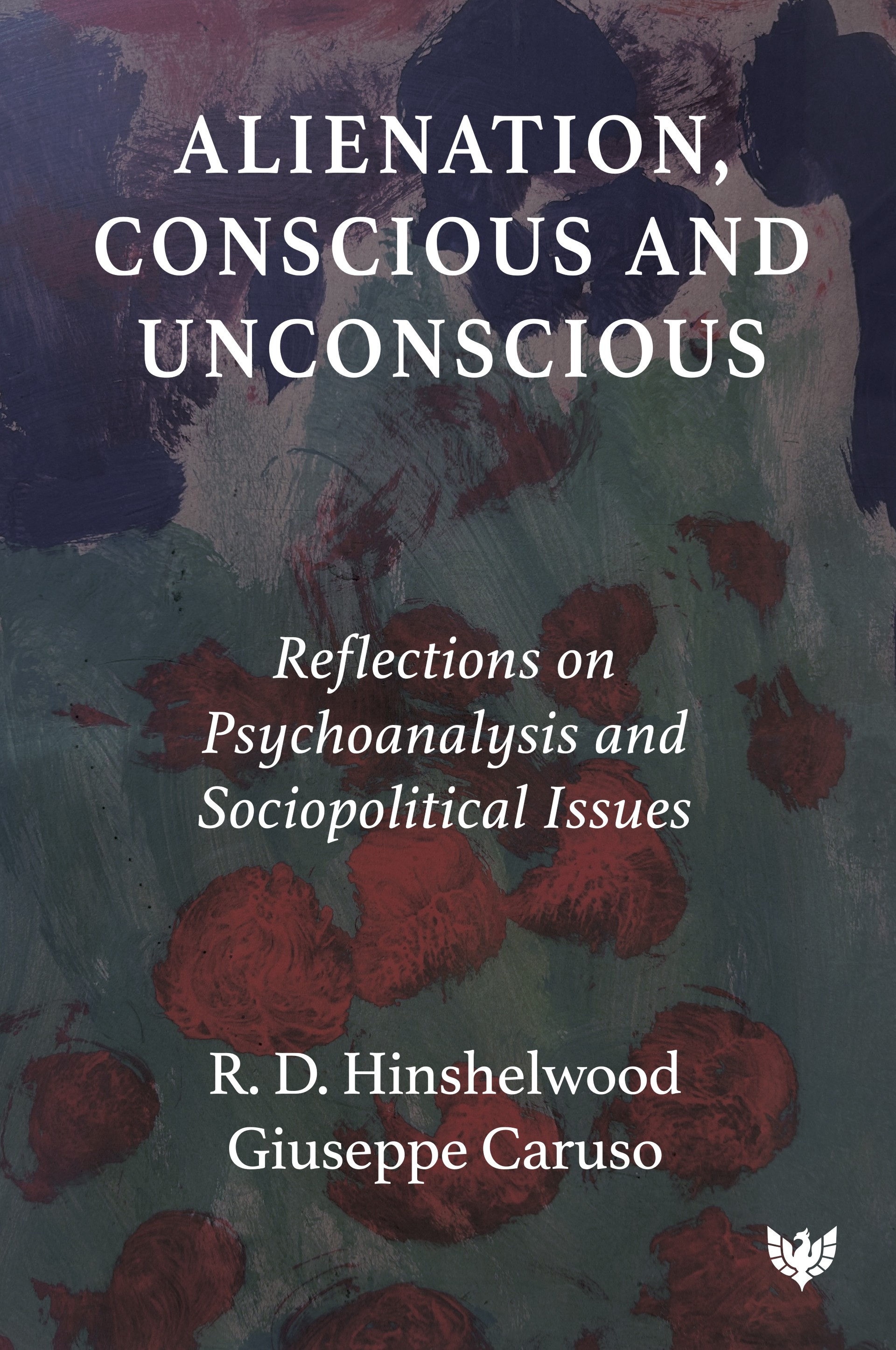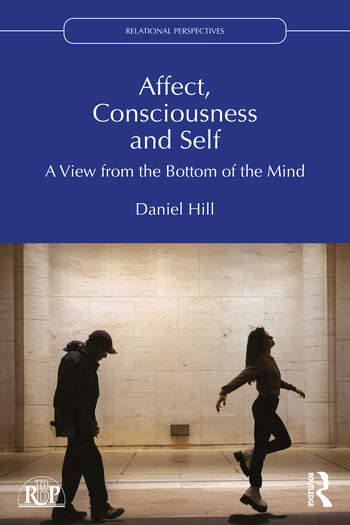The Unconscious as Space: From Freud to Lacan, and Beyond

Book Details
- Publisher : Routledge
- Published : June 2024
- Cover : Paperback
- Pages : 226
- Category :
Psychoanalysis - Catalogue No : 97670
- ISBN 13 : 9780367343538
- ISBN 10 : 0367343533
Also by Anca Carrington
Money as Emotional Currency
Price £24.99
There are currently no reviews
Be the first to review
The Unconscious as Space explores the experience of being and the practice of psychoanalysis by thinking of the unconscious in mathematical terms.
Anca Carrington introduces mathematical models of space, from dimension theory to algebraic topology and knot theory, and considers their immediate psychoanalytic relevance. The hypothesis that the unconscious is structured like a space marked by impossibility is then examined. Carrington considers the clinical implications, with particular focus on the interplay between language and the unconscious as related topological spaces in which movement takes place along knot-like pathways.
The Unconscious as Space will be of appeal to psychotherapists, psychoanalysts, and mental health professionals in practice and in training.
Reviews and Endorsements
Do you think you know everything about space? Even about the unconscious as space, and how it can be approached mathematically, topologically? Think again. This well-referenced book gives you food for thought, takes you by the hand to consider space anew - its dimensions, the importance of the hole, possible and impossible pathways, among other examples. This book does not just open your ears to new ideas but the space between them also.
Vincent Dachy, psychoanalyst in the Lacanian orientation
The Unconscious as Space lucidly unfolds a compelling account of how thinking the Unconscious through mathematics, as space, affords those working with the unconscious, or the disjunctive fragments it presents us in conscious life, a coherent framing of why and how clinical interventions function. More than one thing can be true at the same time and this book has the maths to prove it! This readable book synthesises the arcane work of Lacan and other post-Freudians to date who attempted to think psychoanalysis through maths, making what might otherwise seem inaccessible and impossible both accessible and possible.
Christopher Simpson, Associate Lecturer, University of Northampton, UK
Lacan explored mathematics through his use of the Phi and -phi as representing the imaginary and symbolic phallus. In addition, he used the square root of -1 and imaginary numbers to represent the Real. The Real is outside the signifier although topology is inside letters. Freud explored psychic space and concluded that space is an extension of the psyche, “the Unconscious is outside or in the environment, as Lacan said. Not too many have followed Lacan in his use of mathematics, this book is an exception. The book covers both familiar and unknown territory. From Freud’s unconscious of the not yet known, to the unknowable, and to Lacan’s L’insu qui sait or unknown knowing, to Bion’s grid, and to Matte Blanco’s symmetrical unconscious. The book points to the next step regarding psychic space as quantum phenomena, in terms of contemporary physics, rather than the physics of Freud’s time.
Raul Moncayo, Ph.D. Senior Lacanian Analyst. Chinese American Center for Freudian and Lacanian Analysis and Research. Author Psychoanalysis and American Literature
This book offers what can be seen as a form of conversation between parts of psychoanalysis and parts of mathematics. Written with great clarity, it is a lively and serious venture into a world that is usually restricted to specialists. The author explores a terrain that is fundamentally concerned with human suffering, and she tries to seek out the underlying spaces that she holds to be present in any engagement with it. Alain Connes – an eminence in mathematics – has recently entered into a dialogue with a psychoanalyst colleague in France. Anca Carrington’s text is a step towards the possibility of such a dialogue in Britain: not only here, but in places yet further afield.
Bernard Burgoyne, Emeritus Professor of Psychoanalysis, Middlesex University
Table of Contents
Preface
Part I - Introduction
1. Introduction
2. The Freudian and Post-Freudian unconscious as spatiality
2.1. Freud's maps
2.2. Post-Freudian emphasis
2.2.1. The unconscious as knowledge
2.2.2. The unconscious as space
Part II - The Unconscious as Inaccessible Space
3. The unconscious as infinity and the possibility of incompleteness
3.1. Counting, recurrence and the spaces in-between
3.2. From numbers to posited dimensions
3.3. Infinity and incompleteness in the unconscious
3.4. The unconscious as inaccessible space between points of encounter
4. The rigour of spatial dimensions – of shadows and recurrences
4.1. Flatland and beyond
4.2. From higher to lower dimensions: projection
4.3. From lower to higher dimensions: repetition
4.4. Spatial dimensions in psychoanalysis
5. The unconscious as inaccessible and the exclusivity of the fourth dimension
5.1. Hyperspace – a primer
5.2. The unconscious as four-dimensional space
5.3. Dimensions in the clinic
5.4. No dimensions and the inscription of impossibility
Part III - The Unconscious as Domain of Impossibility
6. Structures of the impossible
6.1. Mathematical representations of impossibility
6.2. Holes and the unconscious
6.3. The Oedipus complex as prohibition veiling impossibility
6.4. Negations of impossibility
7. The unconscious as topological space
7.1. Topology – a primer
7.2. Holes and the unconscious, revisited
7.4. Embedded or not – back to dimensions
8. The unconscious as knots
8.1. Knots – a primer
8.2. Knots as structure and pathways through language
8.3. Knots in the clinic
8.4. Knots and dimensions
Part IV - Clinical Implications
9. The spatial unconscious and the clinic of psychic structures
9.1. The recurrence of suffering
9.2. Identification and subjectivity
9.3. Dimensions in the clinic, revisited
10. Clinical implications
10.1. Topology in the clinic
10.2. Clinical illustration
10.3. Interpretation, the cut and the analytic act
11. Concluding comments
About the Author(s)
Anca Carrington is a psychotherapist who trained at the Tavistock Centre in London, after a career as an economist, both in academia and the civil service. She now works in the NHS and in private practice, and also makes time to paint and draw.
Customer Reviews
Our customers have not yet reviewed this title. Be the first add your own review for this title.
You may also like
Alienation, Conscious and Unconscious: Reflections on Psychoanalysis and...
R.D. Hinshelwood
Price £34.19
save £3.80








